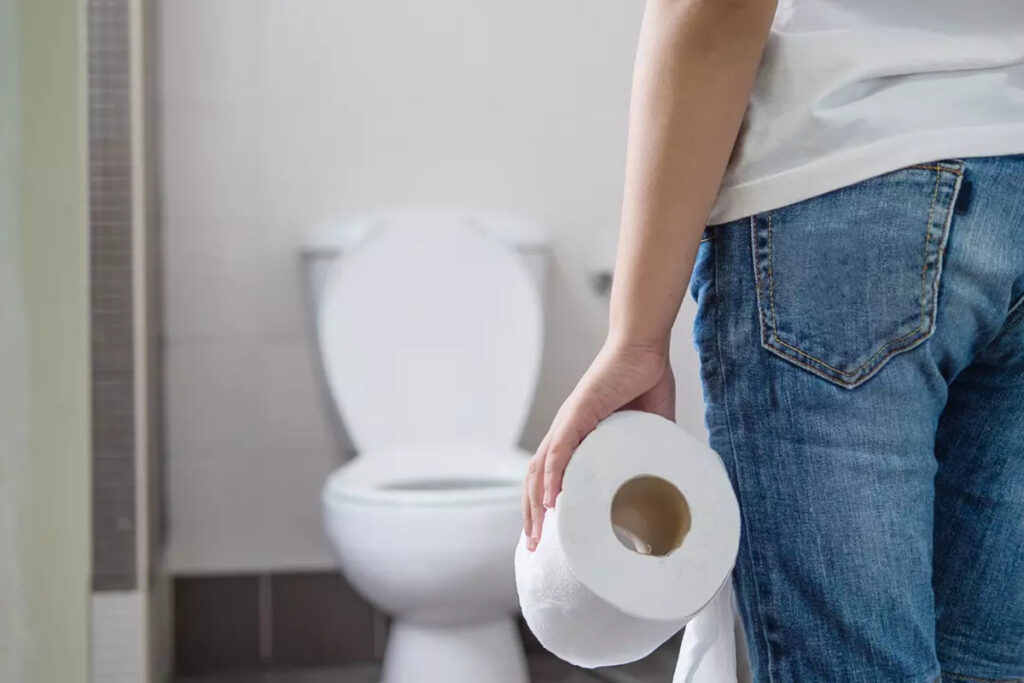If you’ve recently visited the shops and found toilet paper shelves stripped bare again, you’re certainly not alone. Much like the early days of the COVID-19 pandemic, it appears that panic buying is rearing its head once more. However, this time around, the situation is about more than just a mere shortage. So, what’s truly driving the toilet paper disappearance? Let’s examine the broader issues at play.
Is Toilet Paper Really on the Decline?
It’s difficult to envision life without toilet paper. After all, it’s been woven into our everyday routines for over a century. Yet, it wasn’t always the fluffy, disposable roll we are accustomed to today. The earliest mentions of something akin to toilet paper can be traced back to ancient China in the 6th century BC. Fast forward to the mid-19th century, when Joseph Gayetty introduced the modern roll in the United States. Since then, it has become a staple in households, even amid crises.
Remember the toilet paper frenzy of 2020? Suddenly, toilet paper became as precious as gold, with finding a single pack becoming a daunting challenge. However, the conversation surrounding toilet paper is evolving as environmental issues begin to overshadow its convenience.
The Environmental Cost of Toilet Paper
At first glance, toilet paper might seem eco-friendly—often made from recycled materials and easy to dispose of—but a deeper dive reveals its less-than-harmless nature. The highly sought-after extra-soft toilet paper typically relies on a significant amount of virgin fibres, sourced from new trees. This not only makes it more expensive but also has a considerable environmental toll.
Moreover, environmental advocates have raised substantial alarms regarding the impact of toilet paper production, particularly concerning deforestation, water consumption, and the chemicals involved in the manufacturing process, especially those used for softening. The reality is that while toilet paper provides convenience, it also contributes significantly to environmental degradation.
Additionally, health experts are now suggesting that toilet paper may not be as effective in its role as we’ve been led to believe. Some are reverting to traditional methods involving water and soap, which can be more thorough and help to mitigate skin irritations that often arise from toilet paper use.
The Health Risks Hidden Within: Chemical Contaminants
To complicate matters, recent studies indicate that toilet paper may contain harmful chemicals. Researchers from the University of Florida analyzed wastewater and toilet paper samples globally, discovering traces of “forever chemicals”—substances that persist in the environment and can present serious health risks.
Known as PFAS (per- and polyfluoroalkyl substances), these chemicals are associated with a range of health concerns, including cancer and hormonal disruptions. Given that toilet paper is used in such a sensitive area, the potential for these chemicals to be a source of health issues is increasingly alarming.
Exploring Alternatives: What Lies Ahead?
As these concerns accumulate, you may be wondering what the future holds. Interestingly, many cultures around the globe have effectively managed without toilet paper for years. In Southeast Asia and the Middle East, water often reigns supreme as the cleaning method of choice, and toilet paper isn’t a necessity. In countries like Jordan, Egypt, and India, bathrooms are designed with equipped facilities for post-toilet hygiene.
Moreover, bidets—whether traditional or modern—are gaining traction as eco-friendly substitutes. Bidets rely on water and soap for cleaning, making them a more sustainable alternative to toilet paper.
Another innovative trend that’s catching on is reusable toilet paper, made from soft cotton. These alternatives are stored in a washable bag, cleaned, and reused. Though it may seem unconventional to some, this eco-conscious option is gaining popularity among those looking to minimize their environmental impact.
Final Thoughts
So, what do these developments mean for the future of toilet paper? While it’s unlikely we’ll see it vanish entirely anytime soon, significant shifts are on the horizon. As we grow increasingly aware of the environmental and health implications, many may start to seek out alternatives like bidets or reusable options.
In the meantime, the sudden spike in demand for toilet paper serves as a reminder for those of us who rely heavily on this product. Perhaps it’s time to reconsider our cleaning habits and explore more sustainable and effective methods, all while factoring in the environmental and health consequences of everyday products.
What’s your take—are you ready to embrace a more sustainable alternative? Share your thoughts in the comments!







